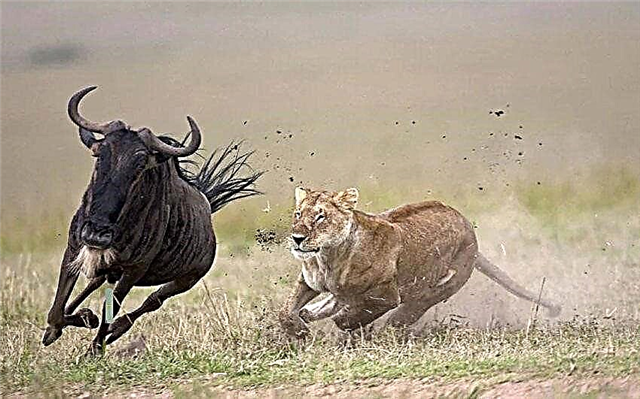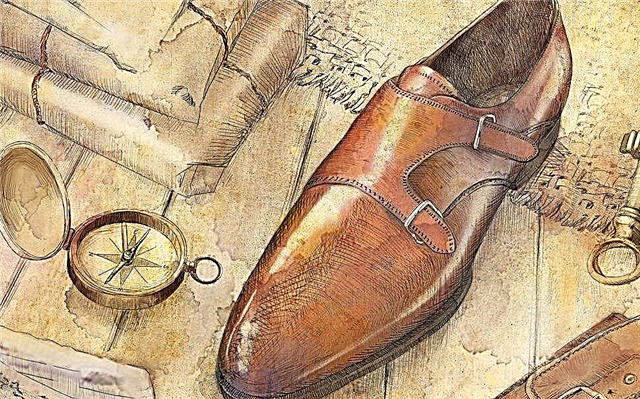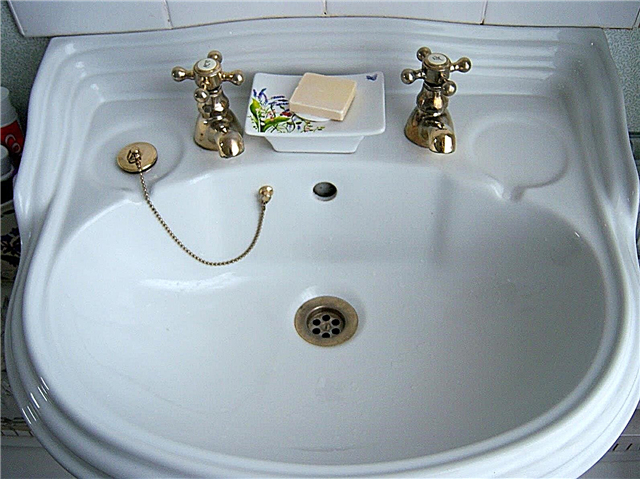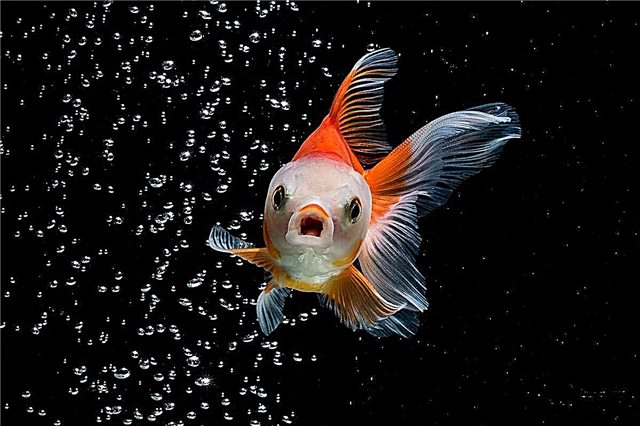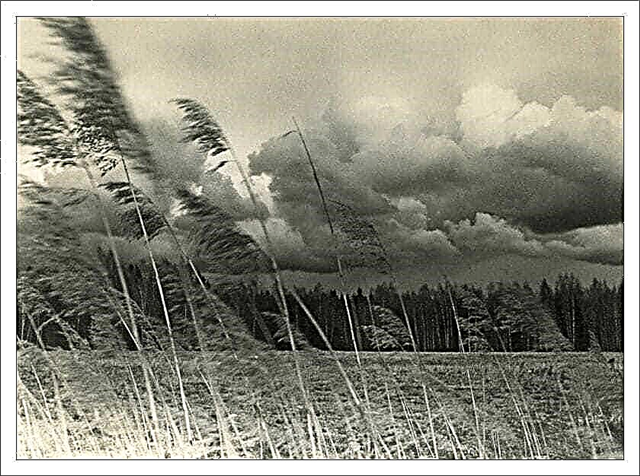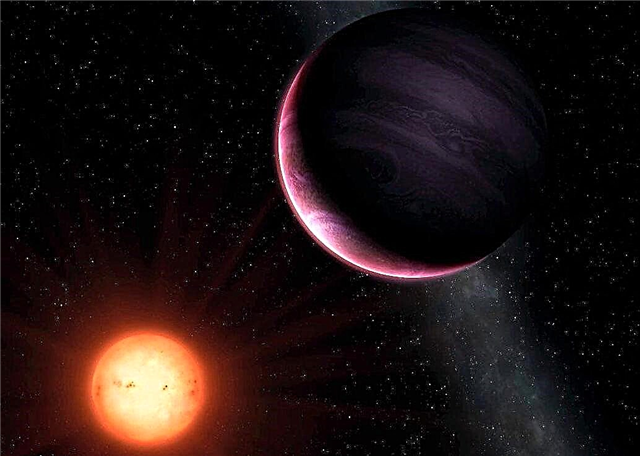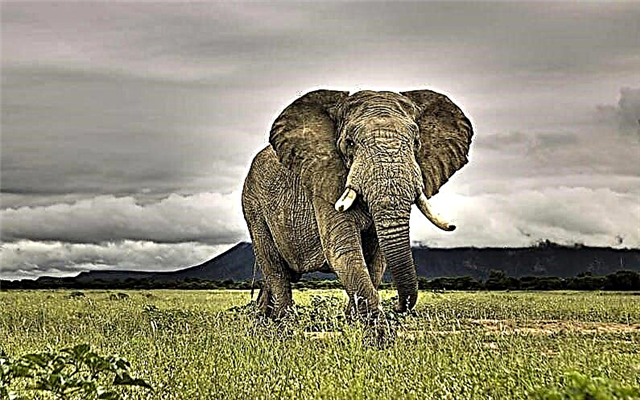
Once upon a time different dinosaurs paced around the Earth, completely unimaginable for the average person, about which now you can only find out from assumptions and finds: fossilized footprints, bones. About 66 million years ago, a very sad event for ancient reptiles happened - the Cretaceous-Paleogene extinction, which is one of the most massive in the history of the Phanerozoic, combining several eras.
However, it was not a complete extinction, and many representatives of the animal world remained to live and develop further. Why did some die out after the alleged fall of a celestial body, while others remained?
How did the collision happen?
One of the most common versions of the extinction of dinosaurs is the so-called impact hypothesis, that is, the collision of one celestial body with another. In our case, an asteroid and Earth. Chicxulub is a crater in Mexico and the site of the alleged impact of a celestial body. The “tick demon,” as the Mexicans call it, has a diameter of 180 km and an age of 65 million years. How exactly did the collision happen and what happened in the near future?

Having crashed into a planet, an asteroid 10 km in diameter, in addition to the formation of a colossal crater, released energy from an impact of 100 terratons (for example, the power of the largest detonated nuclear bomb was 50 Mt). Of course, such a blow was simply disastrous for the whole planet.In an instant, all life for the next few kilometers was completely destroyed. Immediately across the planet, temperatures increased, which led to massive fires and, as a result, the release of large amounts of carbon monoxide and soot into the atmosphere. The dust curtain that appeared did not give plants access to the sun, and as a result, oxygen was reduced on the planet, and the average temperature fell. The impact also led to seismic activity - huge tsunamis simply demolished everything in its path.
Consequences for animals
The largest losses among the entire animal world were suffered by reptiles. Also, with land dinosaurs, plesiosaurs and mosasaurs (giant aquatic reptiles), pterosaurs (flying) and a large number of mollusks, including belemnites and ammonites, died. The environment of algae was affected. Scientists made approximate estimates of losses, and it turned out that 16% of the marine fauna families and about 18% of vertebrate land families of animals died out. Almost all large and medium vertebrates.

Not all creatures died out, and quite a few of them remained. Some animals and many plants survived the disaster. There were small sauropsids (lizards, snakes, turtles, birds and others) and crocodilomorphs (some species survived to this day). Relatives of ammonites (sea mollusks) - corals, nautiluses, mammals, were also practically not affected by the disaster.
However, every cloud has a silver lining, and as a result of extinction, such groups of surviving animals as birds and mammals began to develop rapidly in evolutionary terms, as many ecological niches were freed.It was this that led to the diversity of life forms that appeared during the Cenozoic era (the current era, which lasts 66 million years).
Interesting fact: Despite the hypothesis of a collision with an asteroid, many questions remain that cast doubt on it. For example, long before the asteroid fell, dinosaurs were already beginning to die out a little. And also why the reptiles did not regain their dominance on Earth, because even after such extinction, they still dominated?
Detailed causes of extinction

Closer to the epicenter of the impact of the celestial body, plants and animals died from the temperature of the explosion. A little further - from red-hot stones that fell from the sky, earthquakes, tsunamis and tornadoes. In those regions where fires and other disasters did not reach, water supplies were spoiled. The vegetation was gone, and the herbivores had nothing to eat, and this, first of all, affected the giant dinosaurs. Naturally, if such herbivores die out, then predators also suffer from a lack of food, which leads to their death. Smaller herbivores and predators do not need a lot of food. Therefore, they survived the disaster.
Interesting fact: Based on the fossils found, the most favorable situation was on the territory of modern Europe and North America, since there was winter during the meteorite’s fall (continents looked different in those days).

In water systems, everything was slightly better, however, their food chains were also broken, which also led to the extinction of giants.
After such a catastrophe as the fall of an asteroid, large organisms became the most difficult, since it was they who needed more energy to survive. If other animals were destroyed or hurt, then they were able to recover after some time and live, develop, evolve further. After this catastrophe and the extinction of dinosaurs, other animals got the opportunity for more active evolution.

